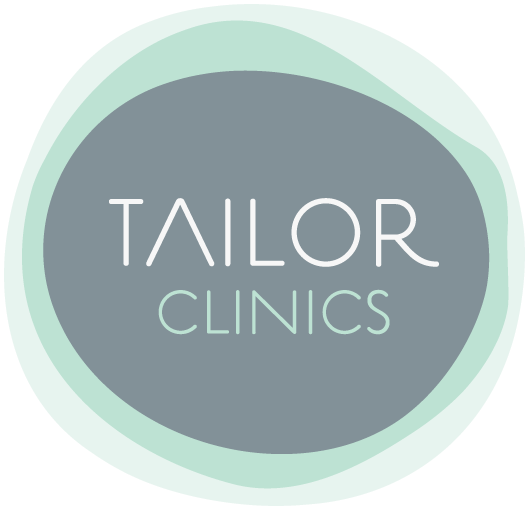SUGAR - the hidden truth
Most of you would have already cut down or stopped the obvious sugary offenders such as fizzy drinks, biscuits, chocolate and cakes (well done!). However, what you might not have considered is all the other sugars that sneak into our body, and gosh, it can add up fast!
Sugar comes in MANY forms and is hidden in various types of foods. Sugar disguises itself as countless different names such as:
high fructose corn syrup, glucose, sucrose (anything ending with -ose), molasses, honey, many syrups i.e maple, dates, figs, rice malt, etc.
With that being said, even what we think could be healthy, such as Bliss/frooze balls can contain greater than 2tsp of sugar PER BALL. This is comparable to chocolate. While I am NOT telling you that chocolate is a “healthier” choice, it’s important to raise awareness that sugar is hidden even where we may think it’s not.
How to avoid this confusion is to make sure you are using the label reading guidelines on all foods in packets. Ideally you want the products you are choosing to contain less than 10g sugar per 100g and less than 10g fat per 100g.
Here are some easy tips to help reduce your hidden sugar intake:
1. Make sure you are eating enough protein and healthy fats. Remember to include a top-level protein at every meal. This will help to keep your blood sugar levels stable and keep you feeling fuller for longer. Meals high in carbohydrates (such as potato, pumpkin, rice, bread etc) and sugars can spike your blood sugar level quickly, only to make it fall quickly – resulting in you getting hungry again earlier!
2. Buy unsweetened yoghurts, milk, nut butters, canned fruit (light) and drink lots of water and herbal teas to keep you feeling satisfied between meals.
3. When buying products aim for ones as close to how they would come from nature, including when reaching for something sweet (i.e fruit).
4. Cut down or cut out all 'added' sugar. Added sugars are the sugar/syrups etc that are added to foods when you process or prepare them, compared with natural sugars that are those already present in foods such as milk and fruit. When wanting to add sweetness to foods, reach for natural sugars such as fresh fruit and use that rather than added sugar.
If you use these tips and apply the label reading criteria to foods, you would see many items including bliss-balls, muesli bars, some protein bars, sauces and salad dressing do not meet the criteria, alongside other refined foods. Luckily some of these things are easy to make at home with a lot less sugar!
Tomato Sauce: Can have up to 1tsp sugar per 1tbsp of per sauce!! There are much healthier alternatives out there such as this one from Nadia https://nadialim.com/recipe/homemade-tomato-sauce/ or if you are looking for a store brought alternative Watties 50% less sugar tomato sauce or Barkers chunky salsa tomato and capsicum are good alternatives.
Salad Dressing: Moving into the warmer months a good salad dressing is essential. What you may find is that the ones that are marketed as “lite” options are jam packed with sugar. If you are finding it hard to find a dressing, balsamic vinegar on it’s own makes a nice flavoursome dressing. If you are after something a little different a few options are: mixing balsamic vinegar with garlic, olive oil, and wholegrain mustard or mixing natural yoghurt with mint, lemon juice and a sprinkle of cumin. Mayonnaise can also be easily made with no sugar.
Cereals and Mueslis: Most store bought mueslis are loaded with sugar and it can be really hard to find one that meets the label reading criteria. Store brought ones that do meet the criteria are Vogel’s Almond, Cashew and Linseed or Hubbard’s 5 grain and hazelnut. Alternatively you could make your own with rolled oats, nuts, seeds, coconut – that way you can control the ingredients and the amount of sugar! The granola in our Recipe book also fits perfectly within the guidelines!
Baked beans: There is reason behind why we recommend the Watties light/50% less sugar, Pam's brand or the Weight Watchers baked beans. Baked beans can frequently contain a lot of sugar. A good alternative to bought baked beans is making your own. This recipe from Nadia https://nadialim.com/recipe/gourmet-baked-beans/ is a great healthy alternative and can be frozen in individual portions to always have on hand!
With these handy hints hopefully we can raise awareness to all the types of sugar in your diet, and remember to always read the label. Just because the front of the packet looks healthy, it doesn’t always mean it is!

